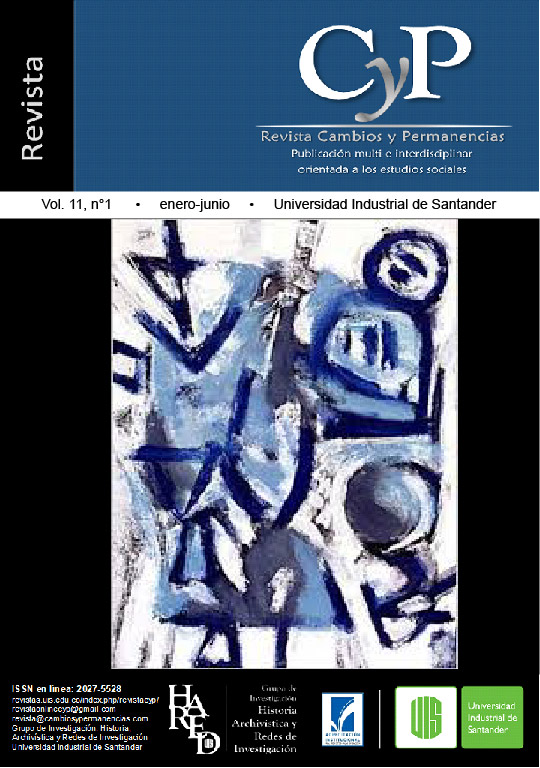Published 2020-06-30
Keywords
- Unitary education,
- rurality,
- conflict,
- peace and education
How to Cite
Abstract
This article is the product of the research entitled “Unitary education in the Patio Bonito school in the Andalusian village of Anapoima municipality and its contributions to the construction of peace”, carried out between the years 2018 and 2019 as a requirement to obtain the title of Worker Social of the Monserrate University Foundation; As main purposes, it aims to publicize the contributions of the model of unitary education to the construction of peace and to highlight the dynamics of differentiated education that within the Andalusian school provide added value to the hard work of educating in the Colombian countryside, arises from the concern regarding the development of education in the field in Colombia, which is addressed from the narratives of the students, the school teacher and two inhabitants of the rural school teaching path. The research was developed from the qualitative approach, using the descriptive study method, in which bibliographic consultations, meetings, semi-structured interviews and field diaries were carried out, which allowed making the pertinent findings for the development of the investigative process, and it is presented as a contribution to the reflection on rural education and the construction of peace in Colombia.
Downloads
References
Durling Arango, V. (2007). Paz social y cultura de paz. (S. L.): Ediciones Panamá Viejo. Recuperado de http://www.corteidh.or.cr/tablas/30445.pdf
Fisas, V. (2011). Educar para una cultura de paz. (S. L.). Recuperado de http://escolapau.uab.es/img/qcp/educar_cultura_paz.pdf
García Briñez, N. T. (2016). Ruralidad: un espacio vivido, construido y percibido, por los niños y niñas de la ciudad de Bogotá (Tesis para optar por el título de Licenciada en Educación Básica con énfasis en Ciencias Sociales). Bogotá. Colombia.
Hernández Sampieri, R. (2014). Metodología de la Investigación. (S. L.): Mcgraw-hill / Interamericana Editores, S.A. De C.V.
Minieducación (2001). Más campo para la educación rural. Altablero N°2. Recuperado de http://unperiodico.unal.edu.co/pages/detail/pese-al-crecimiento-economico-colombia-sigue-siendo-uno-de-los-paises-mas-inequitativos-del-mundo
Prada, A. M. (1974). La escuela rural unitaria. Bogotá, Colombia: Ediciones del ministerio de educación Nacional.
Páginas web
Recuperado de http://www.ceapedi.com.ar/otroslogos/revistas/0003/09.%20de%20guervos.pdf
Recuperado de https://www.mineducacion.gov.co/1759/w3-article-329722.html?_noredirect=1
Recuperado dehttps://www.mineducacion.gov.co/1621/article-87159.html

